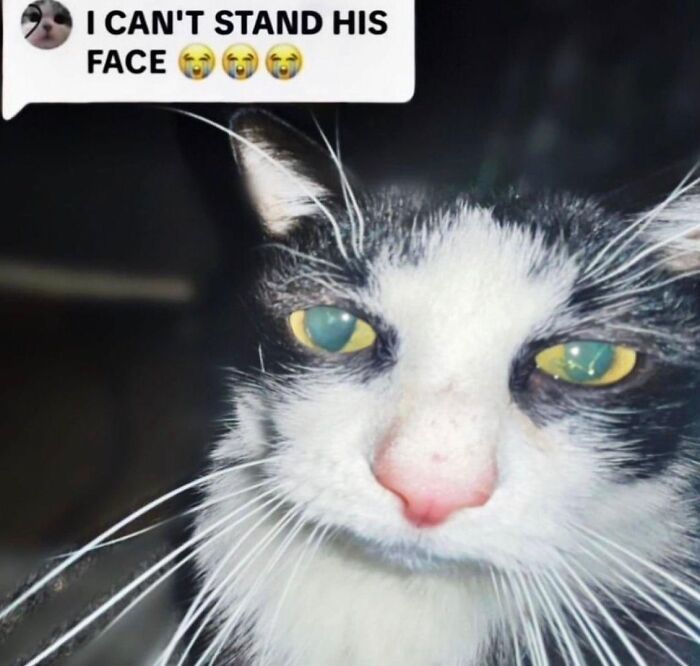When it comes to unsettling images, the internet is full of them. From creepy photos that defy explanation to bizarre artwork that leaves viewers scratching their heads, there’s no shortage of images that provoke a strong reaction. But what is it about these images that makes them so unsettling? Let’s delve into some of the factors that contribute to the overall weirdness of certain images.
Uncanny Valley
One of the most common factors that can make an image unsettling is the concept of the uncanny valley. This term refers to the feeling of unease or revulsion that people experience when they see something that is almost, but not quite, human. This can be seen in images of humanoid robots or computer-generated characters that look almost lifelike, but still exhibit subtle differences that make them appear eerie.
Distorted Proportions
Another factor that can contribute to the creepiness of an image is distorted proportions. When a human figure is depicted with elongated limbs, a disproportionate body, or exaggerated features, it can create a sense of unease in the viewer. This distortion of proportions can make the image feel unnatural and unsettling, as it deviates from what we expect to see in everyday life.
Dark or Surreal Themes
Images that depict dark or surreal themes can also be unsettling to viewers. Whether it’s a morbid scene, a bizarre dreamlike landscape, or a twisted interpretation of reality, these images can evoke feelings of dread, confusion, or discomfort. The juxtaposition of familiar elements with strange or disturbing imagery can create a sense of cognitive dissonance that leaves viewers feeling unsettled.
Lack of Context
Sometimes, what makes an image unsettling is simply the lack of context. When we see a surreal or bizarre image without any explanation or background information, our minds can race to fill in the blanks, often coming up with dark or disturbing interpretations. This lack of context can leave viewers feeling disoriented and uneasy, as they struggle to make sense of what they’re seeing.
Creepy Aesthetics
Certain visual elements can also contribute to the creepiness of an image. For example, a stark, monochromatic color palette, harsh lighting, or an ominous atmosphere can all create a sense of unease in the viewer. Additionally, eerie symbols, textures, or patterns can add to the overall creepiness of an image, making it more likely to provoke a strong reaction.
In conclusion, there are many factors that can make an image unsettling, from the concept of the uncanny valley to distorted proportions, dark themes, lack of context, and creepy aesthetics. While it’s subjective and varies from person to person, certain images have a way of getting under our skin and provoking a visceral reaction. These images may be nothing more than pixels on a screen, but their ability to evoke feelings of unease, confusion, or fear is a testament to the power of visual storytelling.
You can review our digital products by following us on Etsy.





